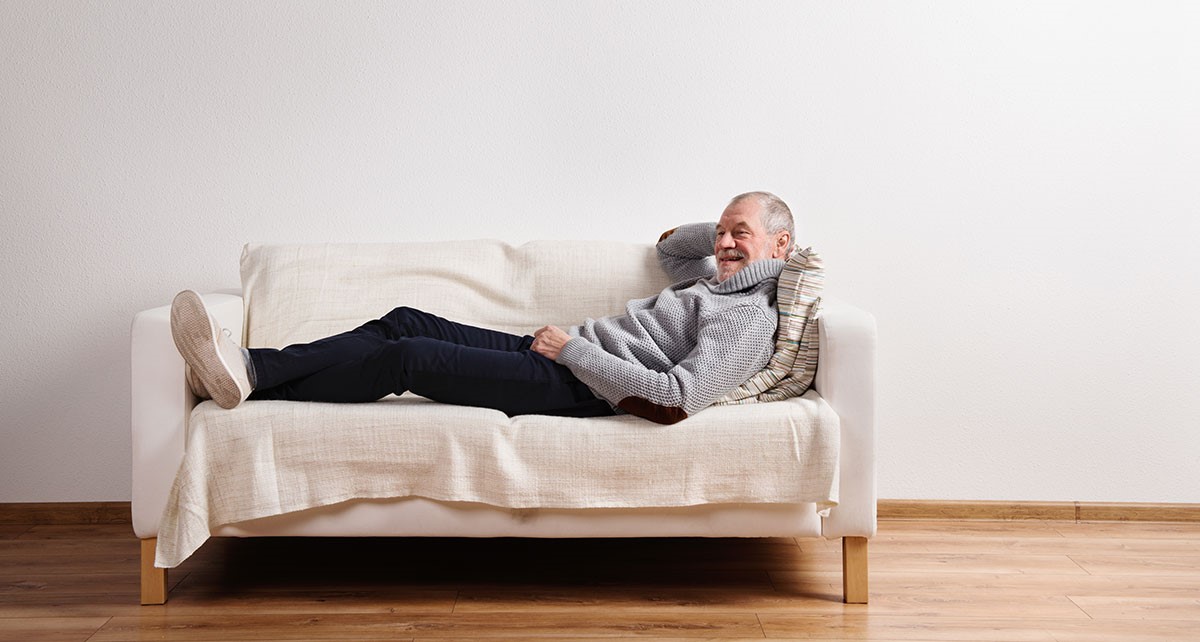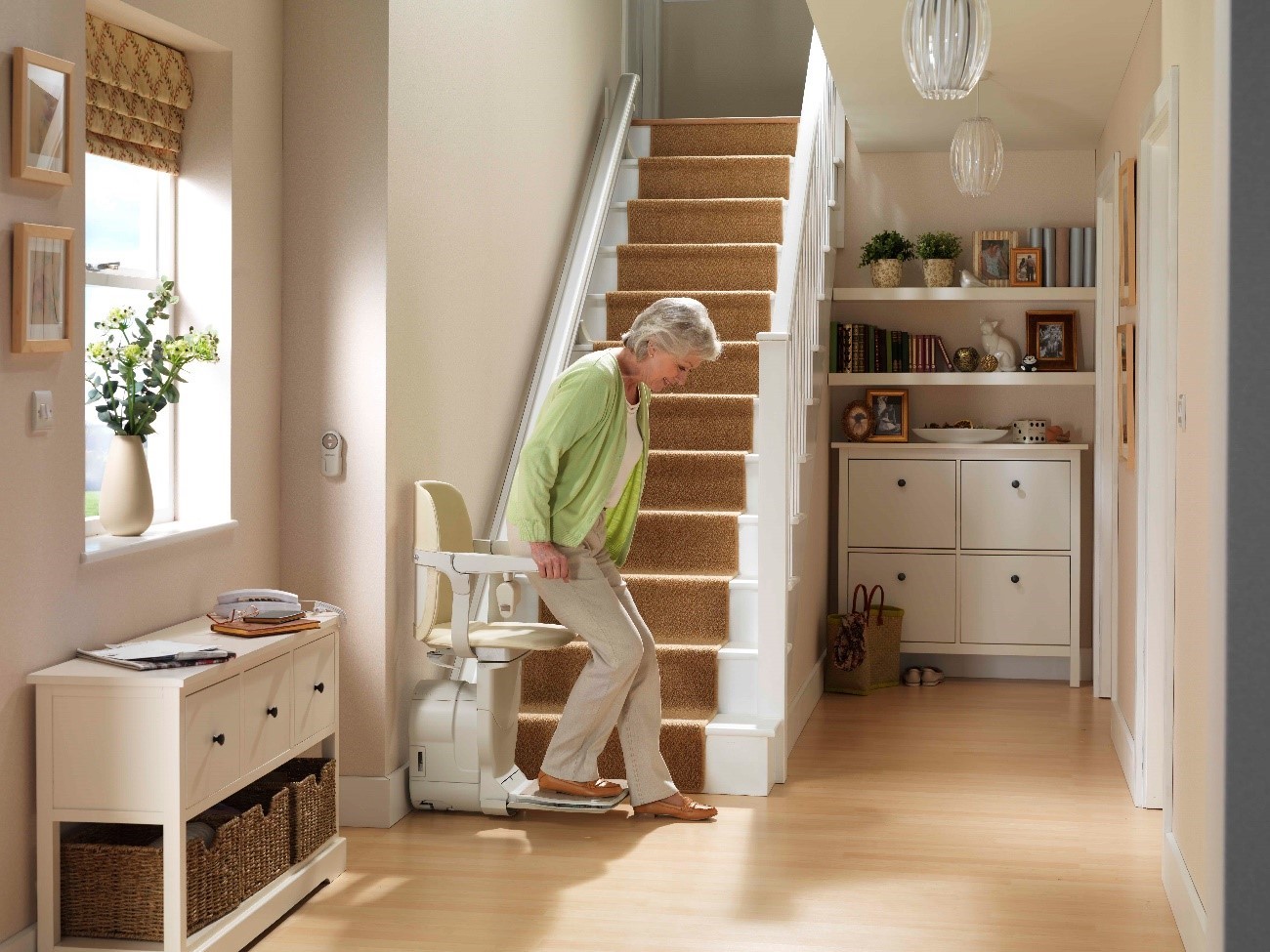Ageing in Place: What to Do if Stairs Have Become a Problem
Ageing in place is more than just the latest trend, it means living safely in the home you love.
Written by Stannah

Despite diverse backgrounds and varying income levels, seniors across the country, and around the world, are attempting to solve the problem of ageing in place. In case you’re unfamiliar with the term, aging in place can be defined as, “The ability to live in one’s own home and community safely, independently, and comfortably, regardless of age, income, or ability level.” After spending years building memories in their family homes, many Americans are rejecting the idea that they must give up their residence, simply because they’re getting older. If you own your home, you may already be thinking about how you can stay there long-term, while maintaining your independence. But, living independently at an advanced age isn’t without its challenges, and it’s important for seniors to plan ahead.
Evaluating mobility
The first step is to assess your physical limitations and evaluate how these might impact your daily routine as you age. Are you able to carry things up and down stairs? Do you require a hand-rail? Can you walk across a flat area for more than 200 yards without help? Honest self-evaluation is critical here, as a realistic understanding of your mobility will lead to a better plan moving forward (read about: Maintaining movement in retirement). It’s also important to recognize that mobility can change over time and tasks that are easy today, could become difficult tomorrow. While ageing in place depends on many factors, something as simple as having the proper footwear can reduce the risk of in-home accidents. Other small additions, like a few well-placed grab bars or a sturdy shower chair are an instant upgrade to the safety of your home. However, when stairs are a problem, things can quickly become more complicated.
What to do about the stairs?

Many of us remember scampering downstairs on Christmas morning or barrelling up the stairs, two at a time, as a teenager. Unfortunately, growing older means having to be more careful and that starts with getting safely downstairs in the morning and back up to bed at night. However, there are trips to be made throughout the day, and no one should be afraid of their staircase. Planning your day around the stairs (coming down in the morning and avoiding going back up until it’s time for bed) is a telltale sign that it’s time to consider making a change. While there are numerous solutions, a stairlift is a great tool to help seniors live safely and maintain independence at home. From restoring access to the upstairs and enabling full use of your home, to making every day activities easier and allowing for more social opportunities, a stairlift can assist you in enjoying life in the home you love.
Moving: a difficult decision
One of the main benefits of choosing a stairlift is the elegant simplicity of the solution. Instead of giving up your home and dealing with the complexities of a full-scale move, you can simply resolve the issue of the stairs and keep the rest of your home the way it is. Decluttering your home can also be a great way to prepare for ageing in place, creating a safer and more manageable living space.
Moving costs can be expensive, especially if you’re choosing to move to an assisted living facility. More often than not, the new living space is significantly smaller, leading to difficult decisions about what can be kept and what must be left behind. With a stairlift, you can hang on to your prized possessions and proudly display them throughout your home.
Two story life, single story living
Another option that’s often considered is moving your bedroom to the first floor. While ostensibly a practical decision, single story living is not very convenient if you frequently have guests or visitors. Whether you’re renting or own your home, you’re paying for it in full; so, why cram your life into a half-sized living space? Other major remodelling options, like installing a residential lift, sound good on paper but are difficult to fit into an average family’s budget.
Physical energy: a key consideration

Price, space and practicality are all important considerations when deciding on the best way to age in place. However, physical energy is an often-overlooked commodity. Everyday tasks, like bringing laundry or groceries upstairs, are made easier with a stairlift. Since you can operate it remotely, the stairlift can easily function as a dumbwaiter, saving countless trips up and down the stairs and leaving you with the energy you need to do the things that you enjoy.
Ultimately, every situation is different and you’ll have to decide what the right choice is for you and your family. Stannah has been in business for over 150 years and has the experience and expertise to enable you to age in place safely. If you think that a stairlift might be a practical option for you, you can contact Stannah for free information and advice, without obligation.
